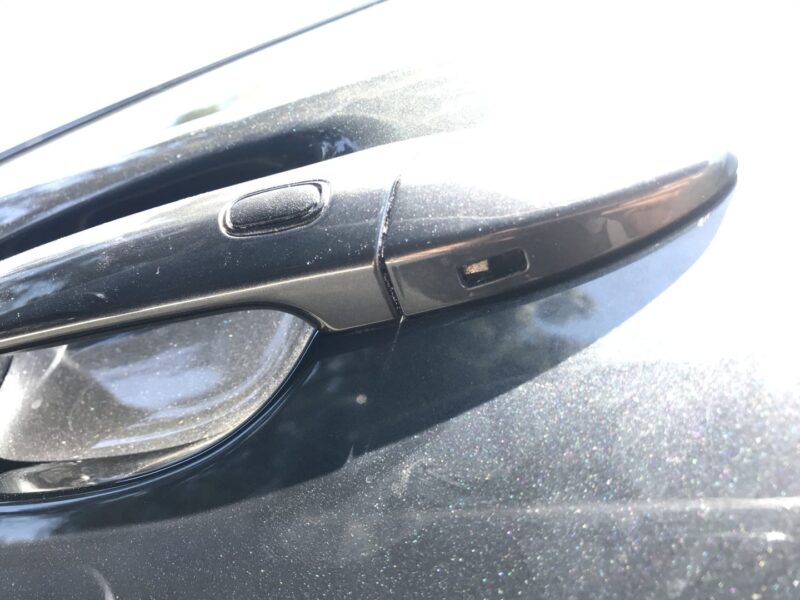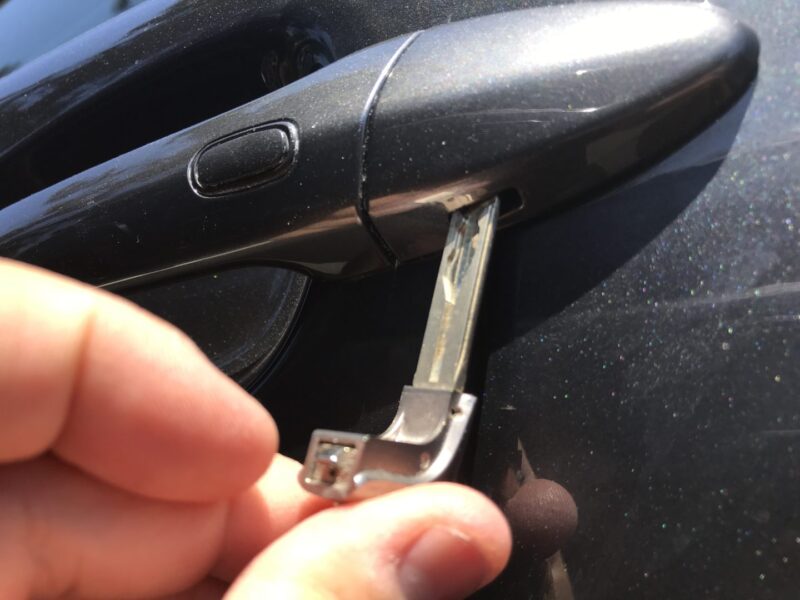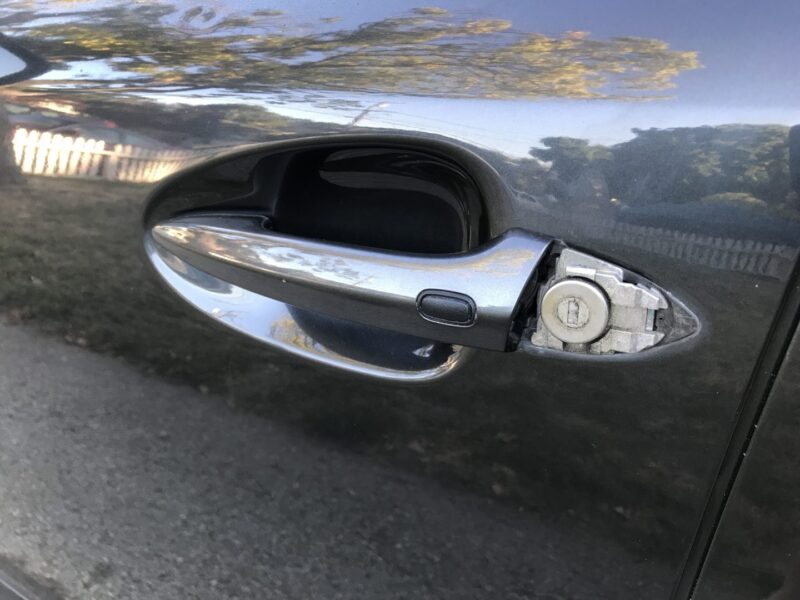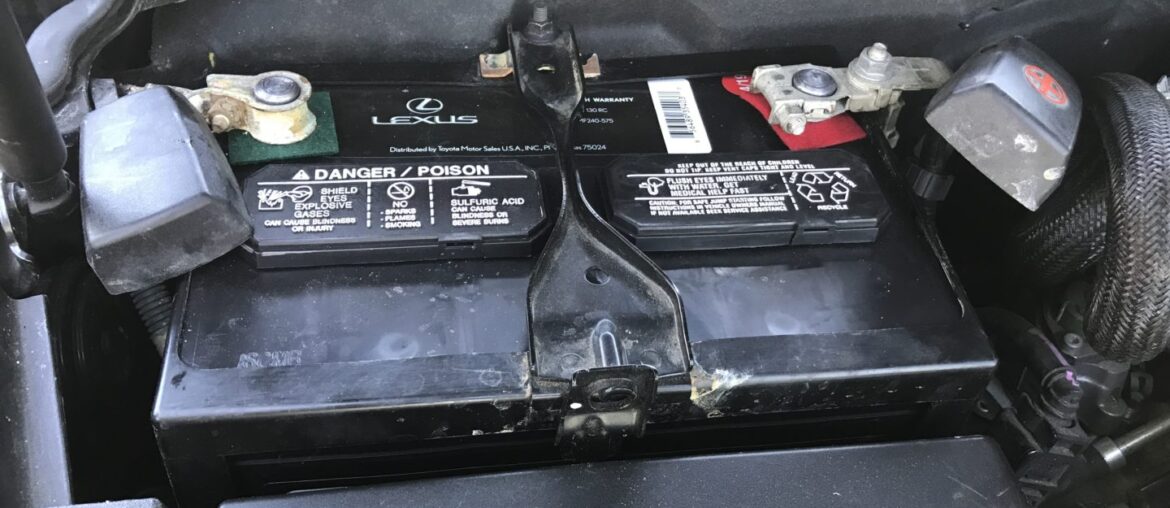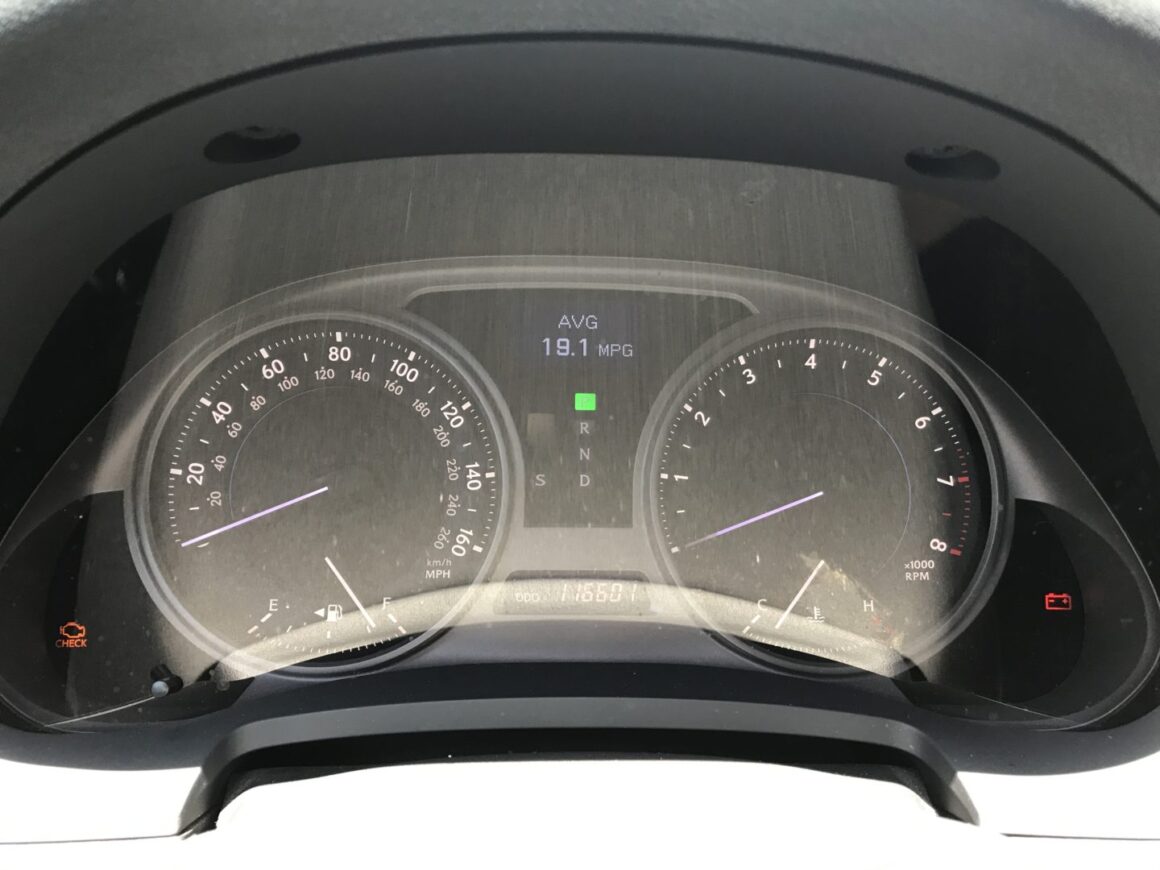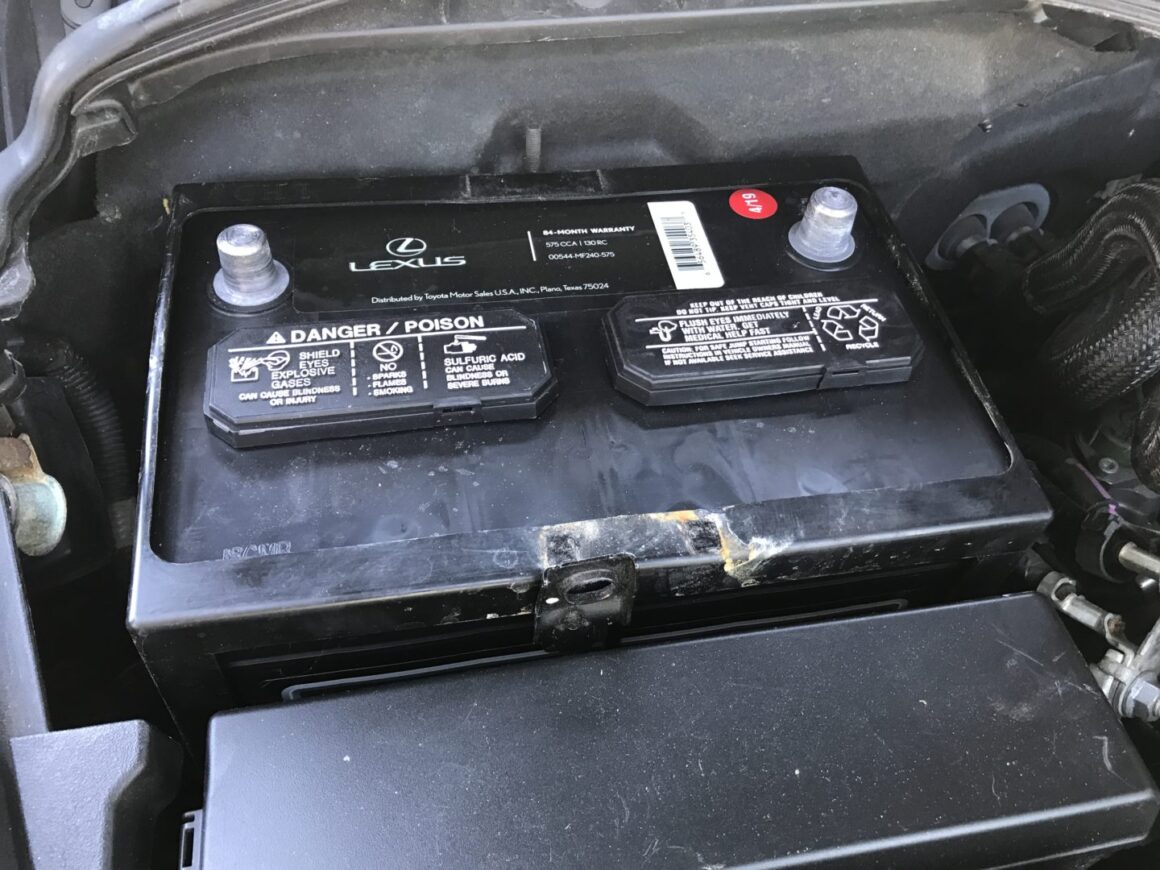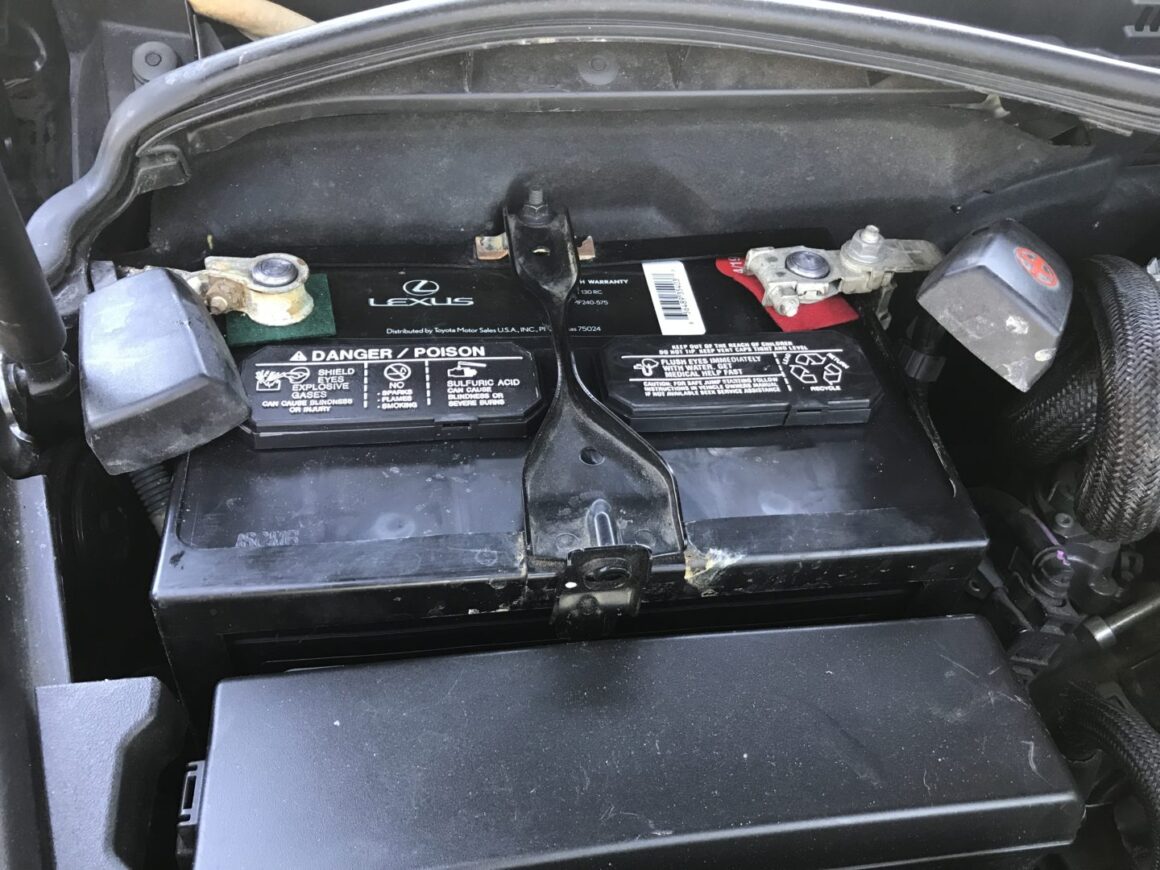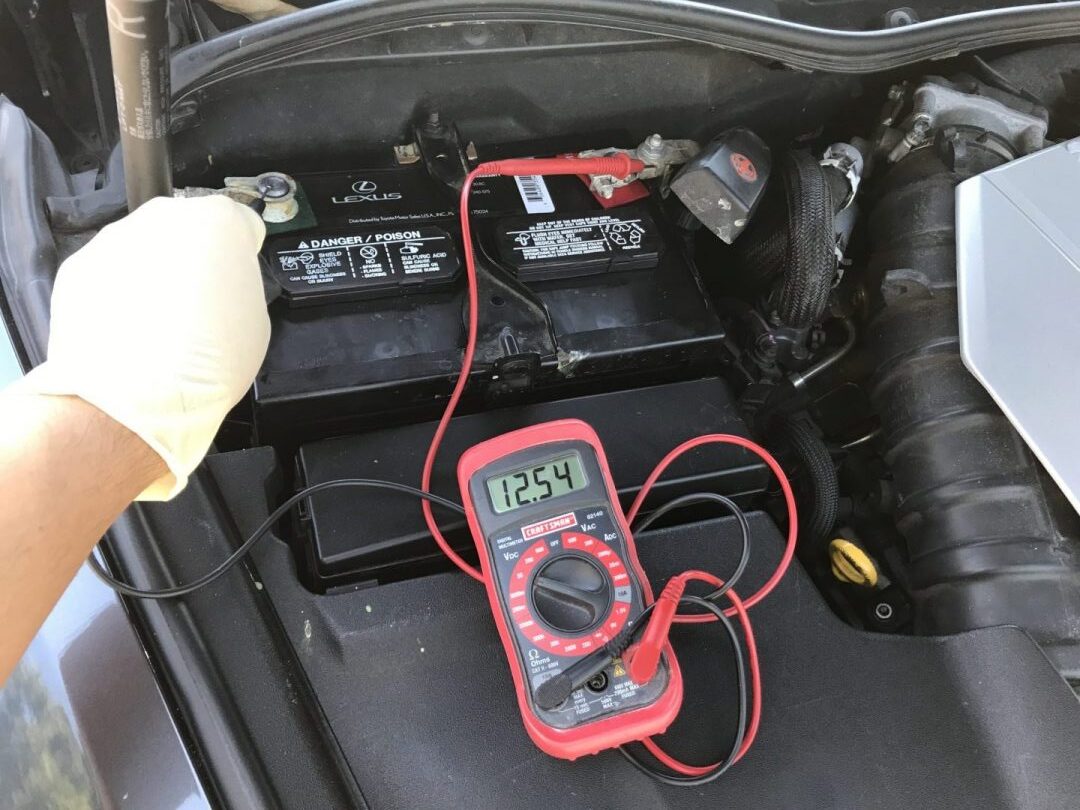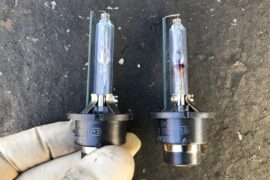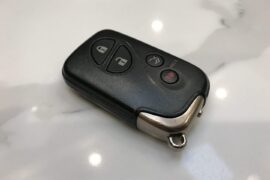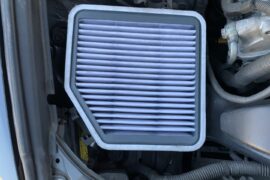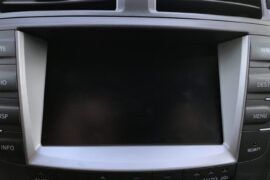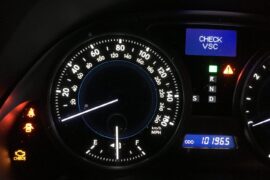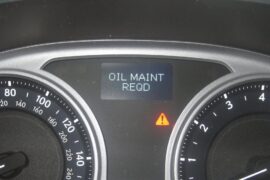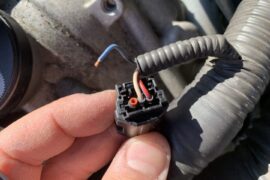When you make purchases through links on this site, The Track Ahead may earn an affiliate commission. Also, these posts are based off my own experiences. I am not responsible for any action you take as a result of reading this. Learn More
My wife’s 2006 Lexus IS350 suddenly lost power on the highway and was forced to be pulled over to the side of the road. A car losing power suddenly while driving is not typically a symptom of a dead battery. This is because a dead battery would either not allow the car to start in the first place, or if it were jumped, then the charge would at least be maintained by the alternator.
Of course the battery is dead at this point, whether it is due to the battery itself or because the alternator is no longer working. Because an alternator replacement would be much more involved than a simple battery change, and also because the car battery was due for a replacement, I chose to replace the car battery first to see if that would solve the problem.
Car Battery Choices
When it comes to car batteries, you typically have many options. The safest option is usually the OEM battery. For the ’06-09 IS250, ’06-09 IS350, and some GS350 models, the OEM battery (part #28800-54232) has been discontinued. When I brought my battery into the Lexus dealership, I was given a new battery (part #00544-MF240-575) which appears to have replaced the previous version. Most people now opt for aftermarket batteries, which work perfectly well and sometimes even better.
Aftermarket car batteries on Amazon.com
As an alternative to the OEM battery, you can always go with an aftermarket one; they tend to have varying reviews across the board for all brands. I’ve heard really good things about DieHard and Interstate batteries, but I’ve tried a lot of different battery brands in the past from Advance Auto, Oreilly Auto, AutoZone, Costco, and Sears and they have all worked just fine for me. These aftermarket options will typically be cheaper than the OEM version, yet still offer substantial warranties.
Testing the Battery
I wanted to test the car battery just to see what voltage reading I would get between the terminals. I pulled out my trusty multimeter, set it to read DC voltage, and then tested the voltage between positive and negative terminals. Fully charged 12 volt batteries are considered fully charged with a reading of 12.6 volts or higher. If the car battery tests as anything lower than 12 volts, it is considered dead or fully depleted. My reading here is 10.34 volts, which indicates the battery is completely discharged.


Replacing the Car Battery
A car battery replacement is pretty simple to do: disconnect and remove the battery, then install the new battery and reconnect the leads. Make sure that you are using gloves when working on the car battery to prevent any battery acid from getting on your skin.
The first thing is to remove the negative terminal lead first by loosening the 10mm nut on the negative terminal clamp and removing the negative terminal lead. Then proceed to do the same for the positive terminal of the battery. I prefer to use a 10mm socket for these nuts. If there’s not enough room for a socket, then a wrench works just fine.



Next, you’ll need to remove the battery hold-down strap. This is held in place with a bar over the battery, secured with one 10mm nut. Once this nut is removed, you can maneuver the hold-down assembly out.



The leads should be moved out of the way so that the battery can be removed. The battery is quite heavy so get some help if you need it for the removal.
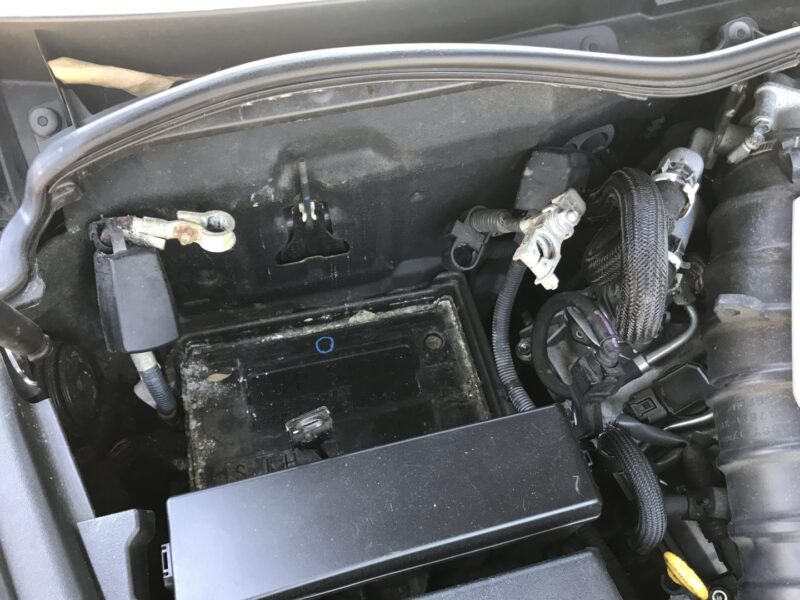

I brought the battery into a Lexus dealer and got it replaced with a new one. Keep in mind that if you are still within the OEM battery’s warranty time-frame, you’ll need to bring the battery back into the same dealership that you purchased the battery at. Many times, you are stranded with a dead battery far away from the place you purchased the battery at.
To make things more difficult, the dealership will also require you to have the receipt for the purchase of the OEM battery (which could be many years ago). I’d suggest that if you ever buy a brand new OEM battery, make a copy of the receipt for your records, and keep the original receipt in the glove box of your car. This guarantees that if you ever find yourself with a battery that needs to be replaced, you’ll be able to take advantage of your OEM battery’s warranty at the dealership.
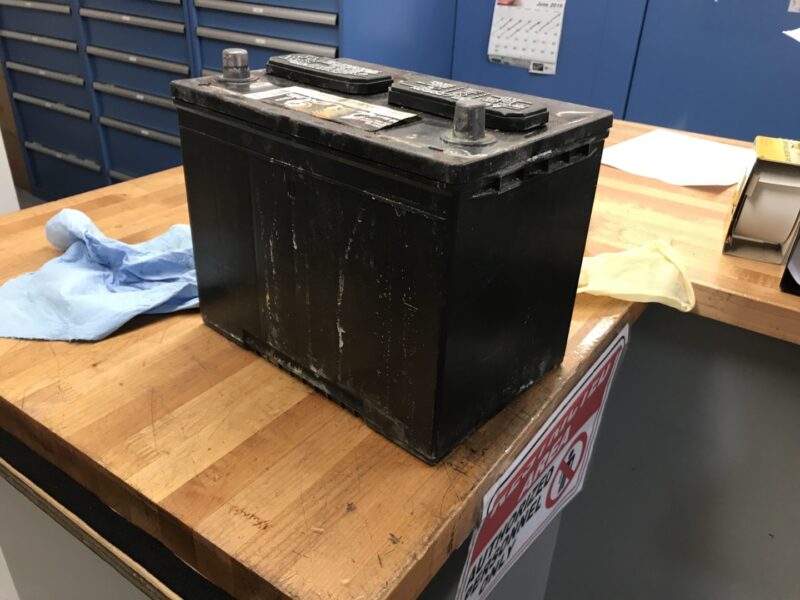
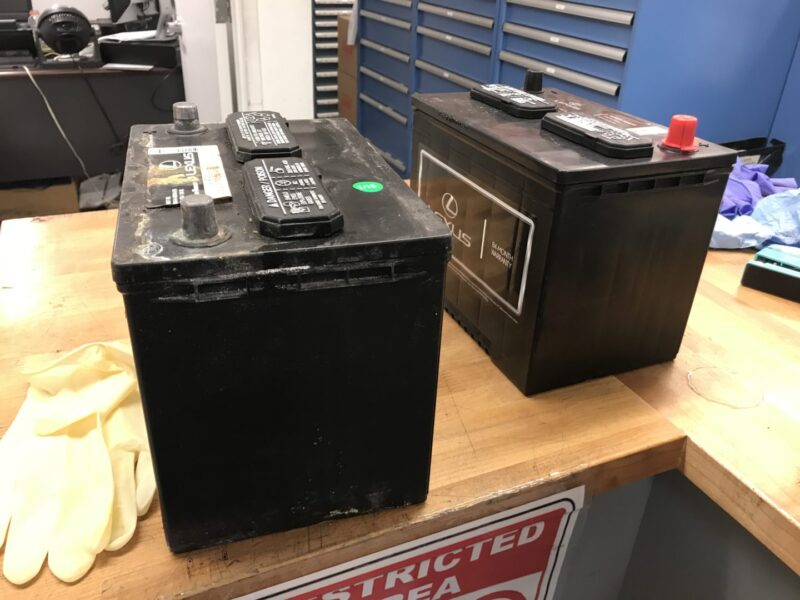
Now that you have a new battery, place it back into the battery tray ensuring that you don’t pinch any cables or your fingers. Again, be very careful as the battery is heavy and lower it in slowly.
With the battery back in place, re-attach the battery hold-down bracket and attach the leads. Re-attach the positive lead first, then the negative lead last.
Now that everything is connected, check the voltage of the battery again with your multimeter. I got a 12.54 volt reading, which indicates the car battery has a good charge. Car batteries will typically be sold charged or at least close to fully charged. With the car battery installed and car driven, the alternator will continue to charge the battery with each drive.
Auto Power Windows on a New Battery
After replacing the car battery, you’ll notice on the Lexus IS and many other makes and models that the one-touch feature may not work anymore. The one-touch automatic up/down feature allows for the window to move all the way up or all the way down with a single press of the power window switch.
In order to get it working again, simply press and hold the power window switch all the way down, then all the way up. After this is done one time, the one-touch power window feature will work normally again.
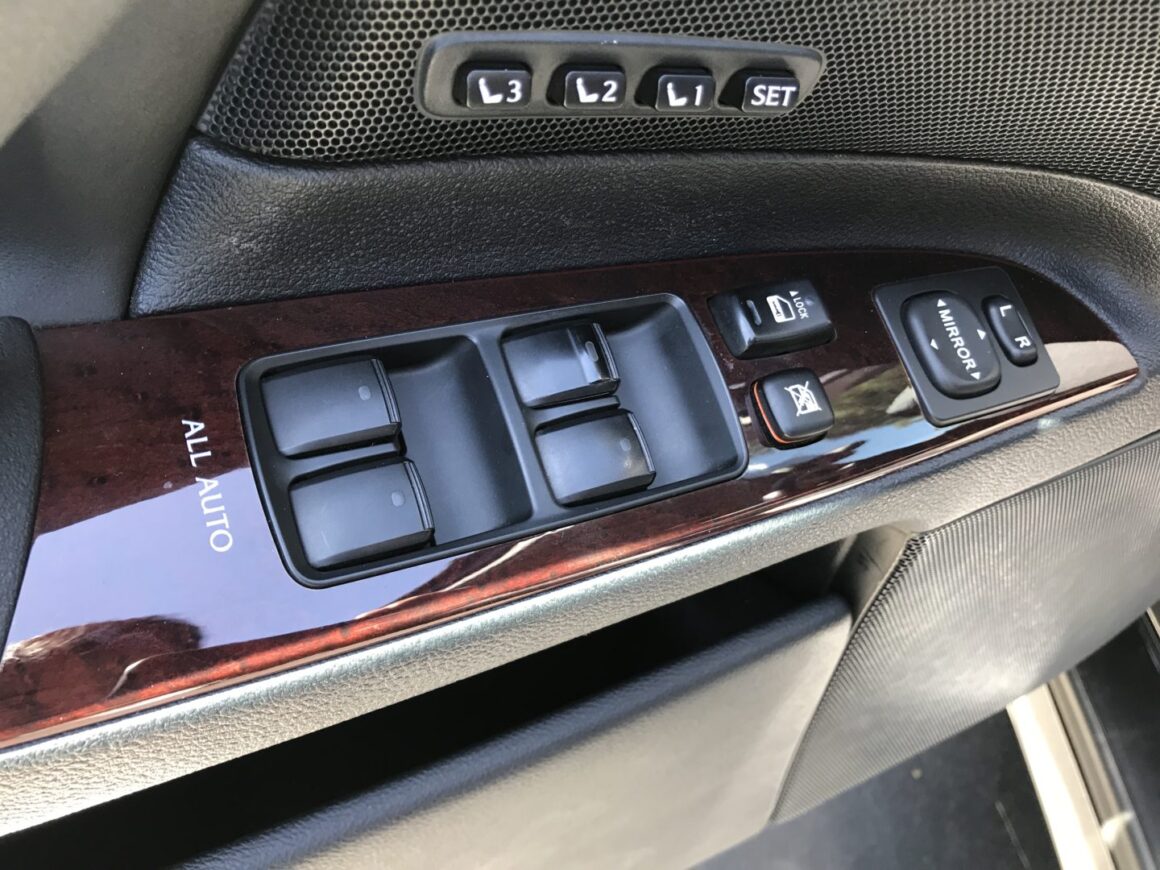
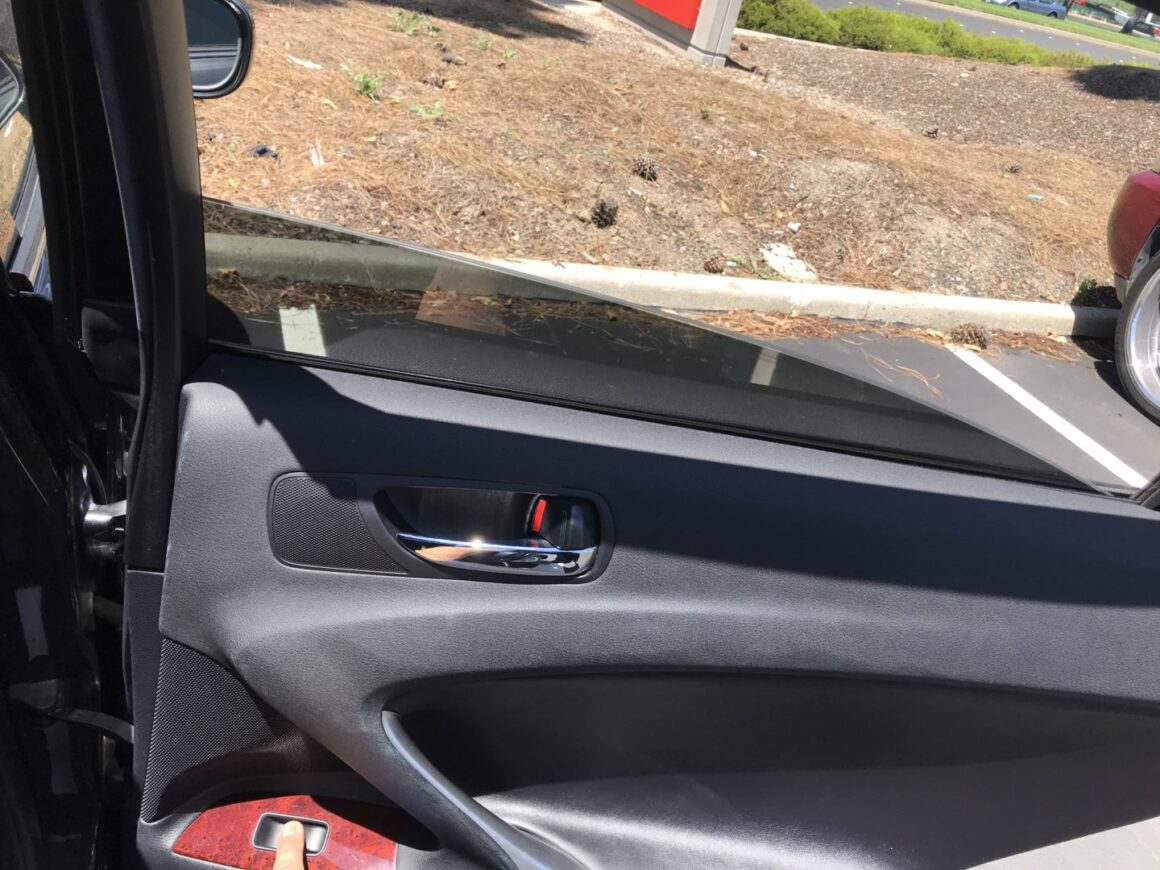
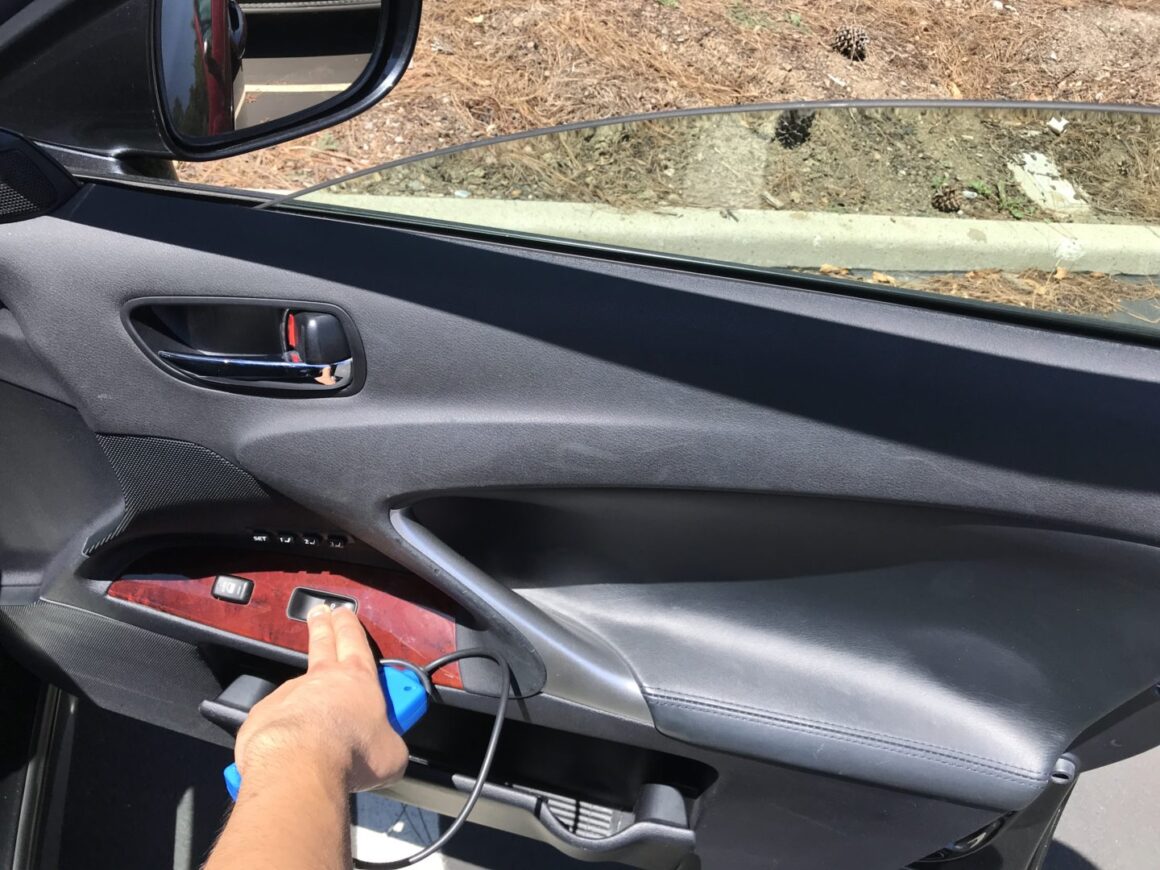
Getting Locked Out with A Dead Battery
If you find yourself locked out of your Lexus IS when the battery is dead, you can manually open your doors with your key fob. Just squeeze the release handle on the key fob and remove the L-shaped key. This is used to unlock your driver’s side door, however the key hole is covered. Use the end of the key to insert into the access hole on the underside of the cover and pop the cover off. Now you can use the L-shaped key to manually unlock the door.


